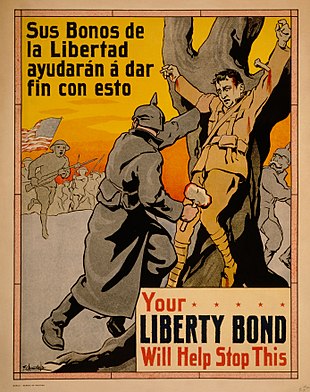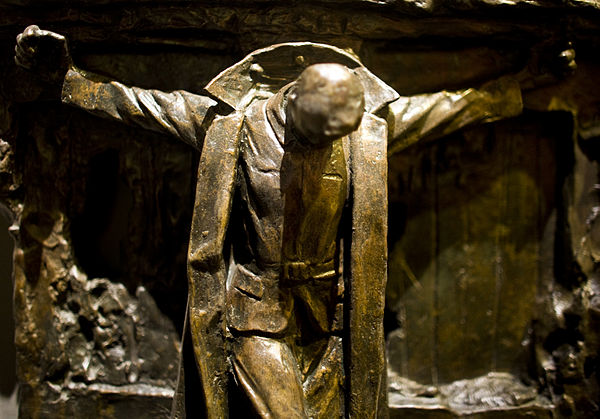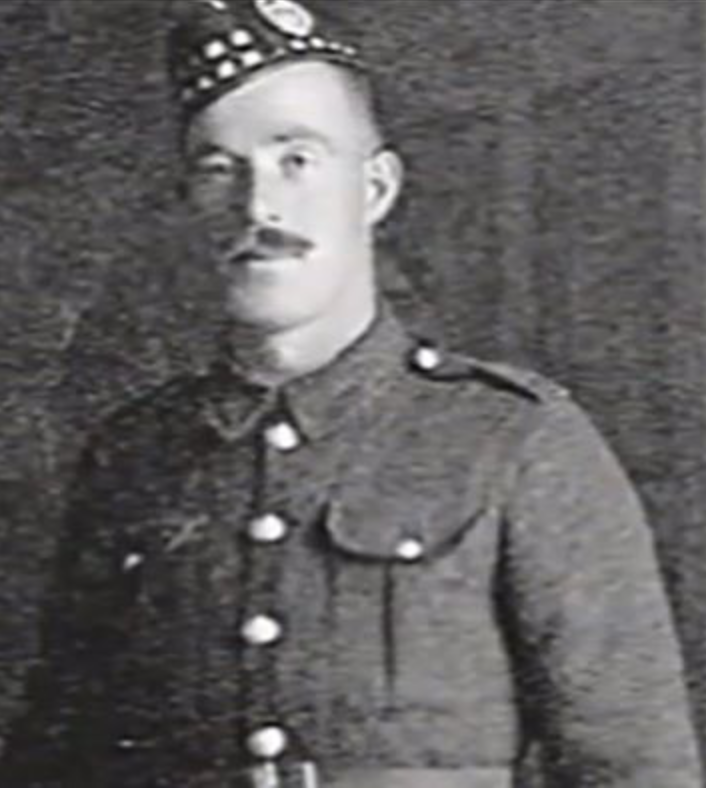
On May 10, 1915, in the tenth month of World War I, the Times of London published the first account of an Allied soldier crucified by the Germans. The article entitled “Torture of a Canadian Officer” said that its Paris correspondent had heard from front-line troops that they had recovered the body of a Canadian captain nailed to a wall by bayonets through his hands, feet, and throat, and riddled with bullets.
Questions were asked in the House of Commons about this incident and stories spread with different details — it wasn’t a captain, it was a sergeant; it wasn’t a single soldier, it was two, then three; the victim wasn’t Canadian, he was British, etc. Details were hard to pin down but the alleged incident was great fuel for anti-German propaganda, becoming the stuff of legend, posters, movies, and widespread public outrage.
In 1918, the British war artist Francis Derwent Wood created a sculpture entitled “Canadian Golgotha” showing a Christ-like crucified soldier surrounded by mocking Germans, but before it could be exhibited after the war, the German government demanded documentary proof of the atrocity and the art was never shown until the 1990s.

Over the years, the story came to be doubted and put down to war-time rumour and exaggeration but the latest research suggests that the tale is true and that the victim was Sergeant Harry Band of the Central Ontario Regiment, who went missing in action in late April near Ypres.
